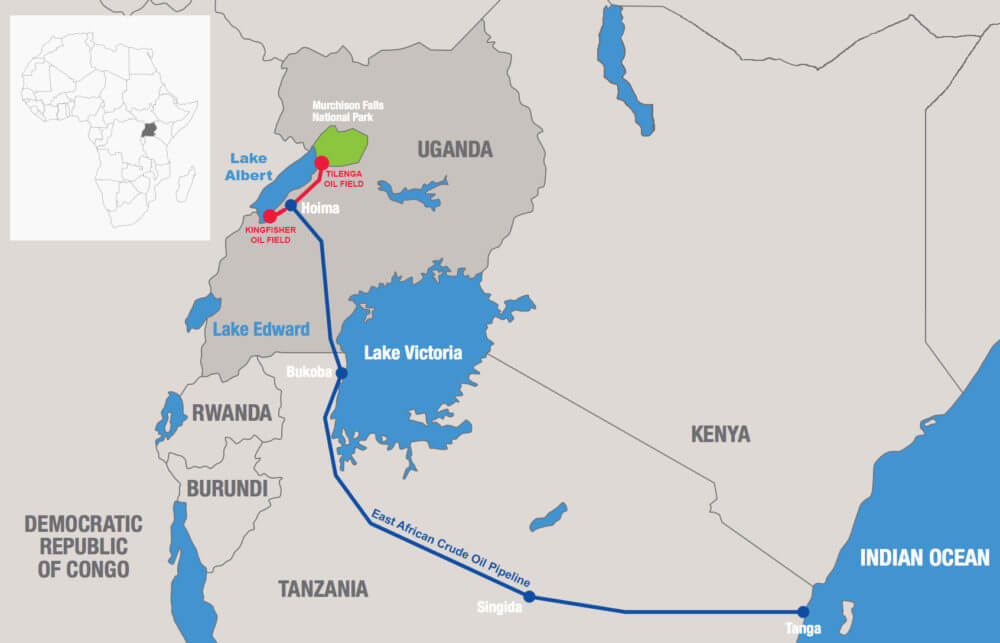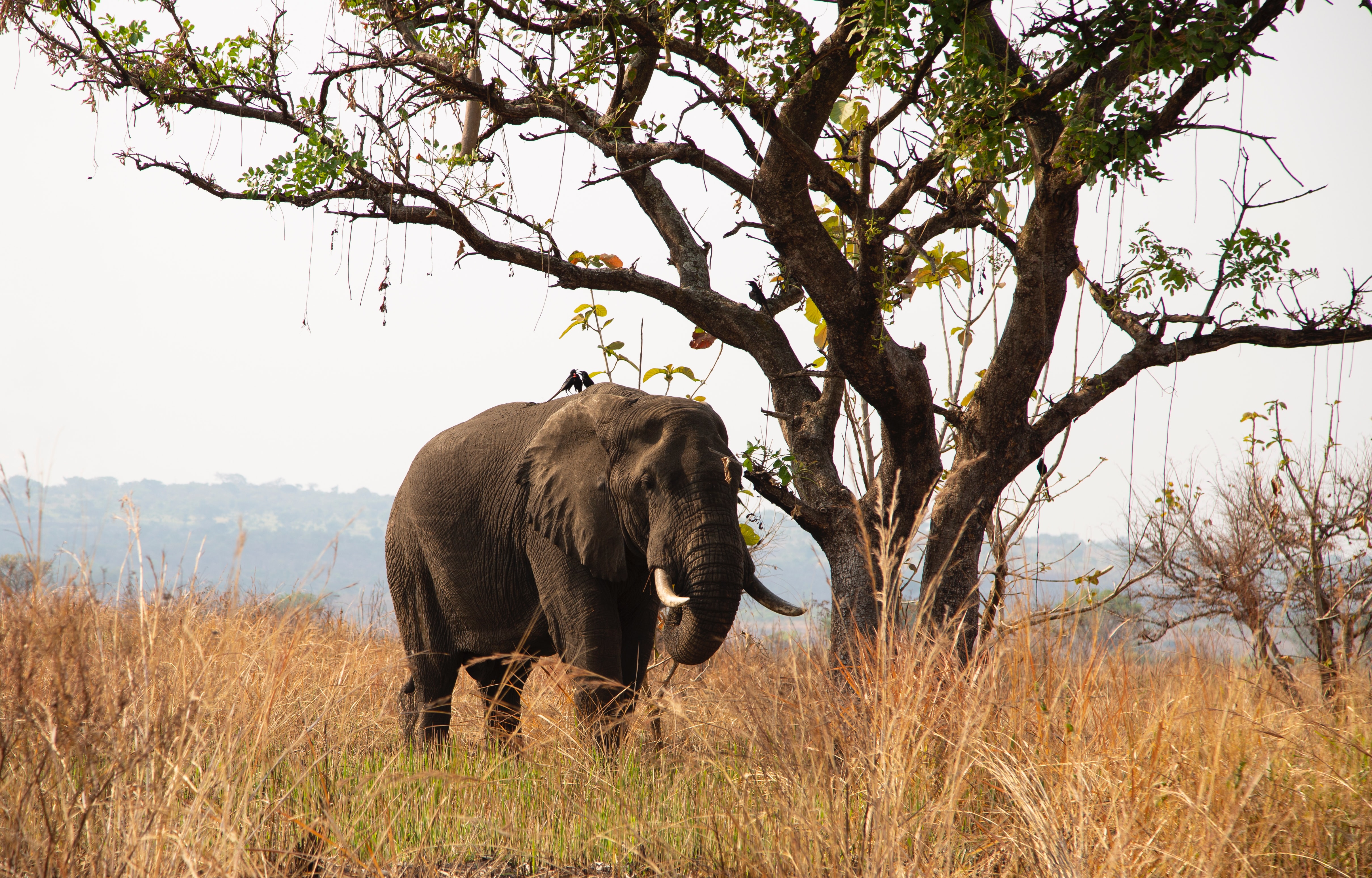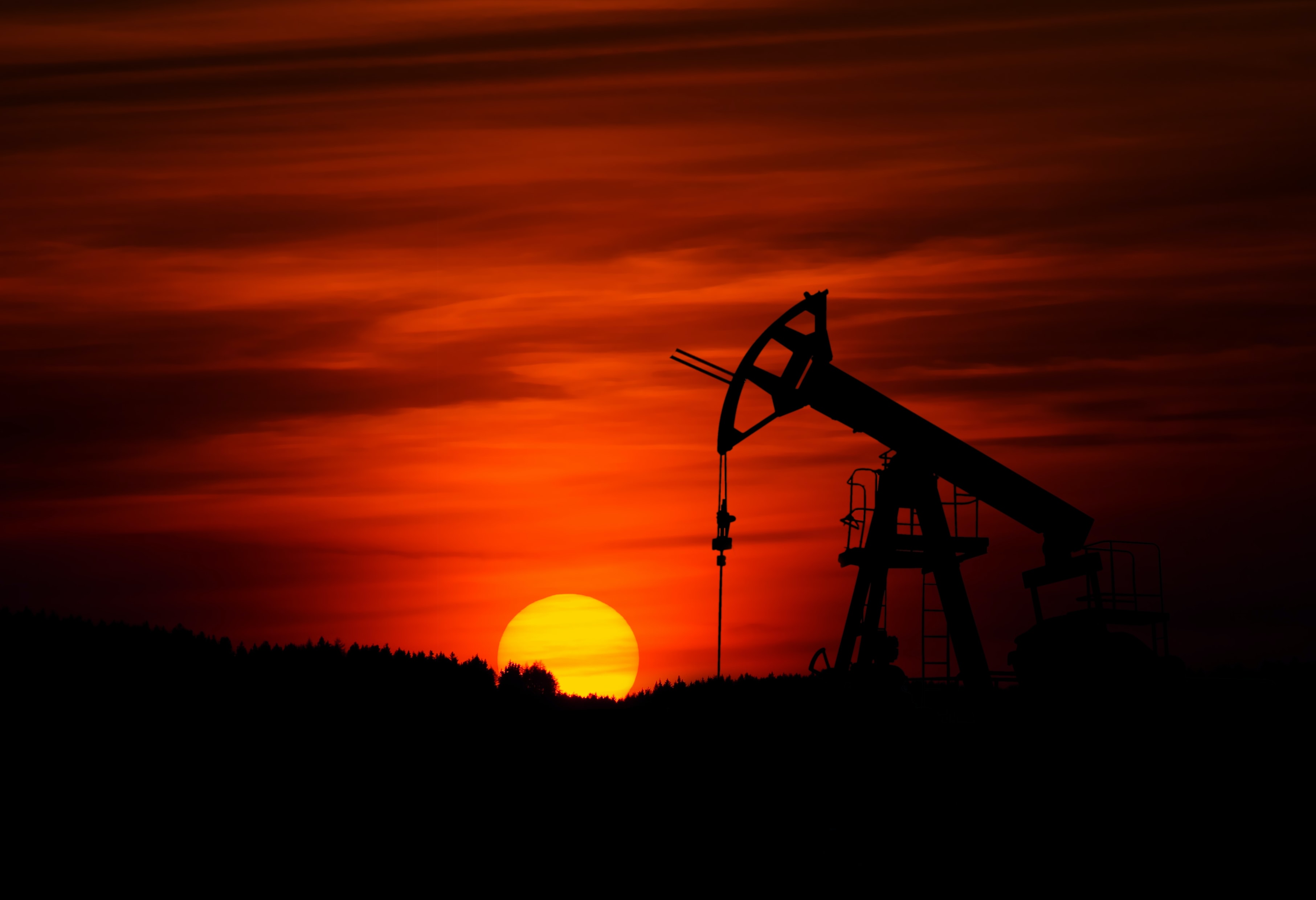An oil pipeline that will link Uganda to the shores of the Indian Ocean threatens to damage 14 large nature reserves in East Africa * Israel also fears the resumption of activity in the Eilat-Ashkelon oil pipeline for the benefit of the United Arab Emirates' oil exports
It is spread over thousands of kilometers and its infrastructure works budgeted at 4 billion dollars. His starting point: the heart of the African continent in central Uganda, home to a variety of critically endangered animal and plant species. A prominent point on the route: Lake Victoria, the largest lake in Africa, where you can find habitats of the rarest mammals in the world and many areas where local communities make a living from agriculture and grazing. The end point: northeastern Tanzania, where one of the largest coral reefs on the continent is located, which is rich in fish populations, marine mammals and mangrove fields that are a critical basis for complex ecosystems.
Get to know the longest oil pipeline in the world - the East African Oil Pipeline, the EACOP East African Crude Oil Pipeline, the establishment of which arouses much criticism among environmental organizations in Africa and the world.

In June 2020, the Tanzanian Minister of Energy announced that the infrastructure works for the laying of the new oil pipeline would begin in March 2021, and that by 2024 the pipeline will start delivering crude oil. Also in Uganda Eager to promote the project in order to encourage the local labor market (about 10,000 jobs), and make the country one of the leading oil producing countries in Africa.
The oil that is supposed to pass through the new pipeline will come from wells located there In the oil fields on the shores of Lake Albert in Uganda, and will drain about 1,445 kilometers east from there in the port of Tanga on the border of Tanzania and Kenya, on the shores of the Indian Ocean. The pipeline will carry an amount of oil of about 215 thousand barrels of crude oil per day, and will require continuous electric heating to a temperature of 50 degrees Celsius to prevent the crystallization of the oil in the pipeline.
The oil reserves on the border of Uganda and Congo were first discovered by a company Tullow Oil the British about 14 years ago and since then the project has been managed by the national oil corporations of China and France with the involvement of the governments of Uganda and Tanzania. according to the plan, About 500 wells will be dug in the oil fields Kingfisher and tilanga - The largest and most available oil reserves in the world today, containing an estimated amount of oil of about 6 billion barrels.
12 nature reserves along the route
Report of the World Wildlife Fund - WWF He found that the construction of the oil pipeline and its operation will push rare animal populations that are at risk from their natural habitats, this is because the oil pipeline is expected to penetrate the territory of 12 nature reserves, thousands of agricultural farms and more than 200 rivers.
Thus, for example, the two main reservoirs that will supply oil to the pipeline are located in the area of the drainage basin of Lake Albert, which is surrounded by nature reserves. Murchison Falls National Park, which is located north of the lake and where about 40 oil wells will be drilled, is the last refuge for chimpanzees, hippopotamuses and crocodiles, which are classified as endangered species. Also reserved Tala Forest, which is home to a unique and particularly large population of chimpanzees, will be left almost completely exposed for the first time in 100 years of protection, this after work on oil pipelines, road construction and the construction of an airport will begin. According to the experts, such a situation could lead to an increase in the scope of illegal hunting in the area.

In its Tanzanian section, the pipeline will cross and affect approximately 2,000 square kilometers of reserve Biharmolo, home to one of the last remaining populations of Red colobus monkeys, in addition to populations of hippos, elephants, zebras, rare waterfowl andMountain gorillas.
"Laying a fuel pipeline infrastructure anywhere in the world is a risk to the environment," explains Dr. Benny First, an expert on the African continent and an environmental and sustainability researcher from the Hebrew University of Jerusalem. "In the East African region, this takes on even greater significance, because of the enormous sensitivity of the region. During the construction phase of the project, the dramatic change in the land is actually carried out. The international standard accepted in the western world, concerning the depth of the pipeline burial and the thickness of the pipes themselves, is good and sufficient, but the big question here is whether the regulation of the Ugandan and Tanzanian governments will actually enforce these standards or, God forbid, it will make trouble with the developers."
irreversible destruction
Beyond the immediate harm to life and plants following the infrastructure works of laying the pipeline, it seems that the main concern is the case of an oil leak, the results of which could be even more devastating.
The list of accidents resulting from oil pipeline leaks and explosions in the world is long and disturbing: in Canada, for example, dozens of oil leaks have occurred in the last fifty years and caused severe environmental damage, which included the evacuation of residents from their homes due to fear of soil and groundwater contamination. The last incident in which occurred in July 2020, where 1,200 barrels of crude oil spilled in open areas in British Columbia.
In 2010, cracks and corrosion in an oil pipeline Caused a severe spill and pollution in Michigan's Kalamazoo River. An estimated amount of 3,200 cubic meters of crude oil It leaked into the environment and thousands of wild animals were harmed and many families had to evacuate their homes for fear of severe contamination of the soil and drinking water. Moreover, the costs of remediation and disposal of the oil were more than 800 million dollars.
Last year, More than 9,000 barrels of oil spilled in the state of North Dakota From a pipeline that carries oil from Northern Canada through 7 states in the United States, and this is only two years after a leak that occurred on the exact same oil line in the state of South Dakota, when 4,700 barrels of crude oil leaked.
Israel has also known its own oil disasters: in 2014, the Eilat Ashkelon oil pipeline exploded in the Evrona Reserve in the Arava. 5,000 cubic meters of crude oil flowed into the reserve and causedA severe and irreversible ecological disaster. Deer, waterfowl and the acacia trees that are unique to the area suffered a severe blow. In 2011, the Nahal Tzin nature reserve was damaged as a result A fuel leak in one of Ktsa's fuel lines during renovation works.
"Non-compliance with the standard or incorrect management and monitoring of the East African project during the construction phase and during the operation phase, may cause leaks that may turn into an explosion and fuel spillage above the ground, such as the Ein Avrona case, or even cause groundwater pollution. In both of these scenarios, it is an ecological disaster that the ability to monitor, neutralize and minimize its damage is very limited," First says. "Rivers of crude fuel that will flow, God forbid, in the rivers or across the savanna may cause the destruction of the rich and unique flora and fauna of the area, which is a huge economic base for the populations of millions in the region."
According to the experts, a malfunction in the East African oil pipeline or a leak from the giant tanks that will be loaded daily into oil tankers, could lead to the destruction of critical habitats, including Two marine nature reserves located near the stop point of the pipe near Port of Tanga in Tanzania, and known for their large coral reefs, mangrove fields and the abundance of manatees, dolphins and sea turtles that live there.
"Restoration from an oil spill is a task that becomes especially difficult in a coastal environment, and the future of the coral reefs and mangroves in the area is in doubt in such a case," it says In the WWF special report. "The danger of oil spills increases especially in a humid environment, and the section of the pipeline that runs along the shores of Lake Victoria, which is the source of the Nile River, may lead to many spill incidents following erosion and cracking of the pipeline, which intensify with the risk of earthquakes."

Dubai-Israel line?
Recently, it was decided that following the peace agreement between Israel and the United Arab Emirates, the oil pipeline line of the Katsa Company will be used for the flow of oil from the Gulf countries to Europe and North America through the oil terminal in Eilat. It is about renewing the massive flow of oil from tankers that will arrive from the Persian Gulf to the shores of Eilat and from there through an overland pipeline to the Mediterranean Sea. "The flow of fuel through Israel puts our nature reserves and biodiversity at enormous risk", explains Prof. Adi Wolfson from the Sami Shimon Academic College of Engineering "in addition, the plans threaten the tourism industry in the city of Eilat, which boasts of its unique coral reef, open sea and clean air".
"The Ministry of Energy continues to grant licenses for additional exploration of new oil and gas reserves for the benefit of use and sale to neighboring countries. Thus, for example, the state finances a project The laying of the pipeline that will transport gas from the Leviathan and Tamar reservoirs to Egypt - Financing that was originally supposed to be carried out by the gas company only," says Wolfson. "The state's interest here is mainly a net profit from selling fuel out of the State of Israel, but Israel has a global responsibility to lower the level of greenhouse gas emissions, and selling out does not sanctify this goal."
The routing of investments and resources to a super project like the East African oil pipeline raises a big question about the importance of social-environmental issues in front of immediate economic benefit. "It is appropriate that African and international environmental organizations mobilize to warn of the dangers and above all to make sure that the governments adopt the highest standards to prevent an ecological disaster," adds First. "There is no substitute for the East African savanna, so it is appropriate to consider the benefits of pumping crude oil, precisely at a time when renewable energies and natural gas are becoming the main sources of energy in the world."
the post The new oil pipeline that threatens nature in Africa appeared first onangle
More of the topic in Hayadan:
